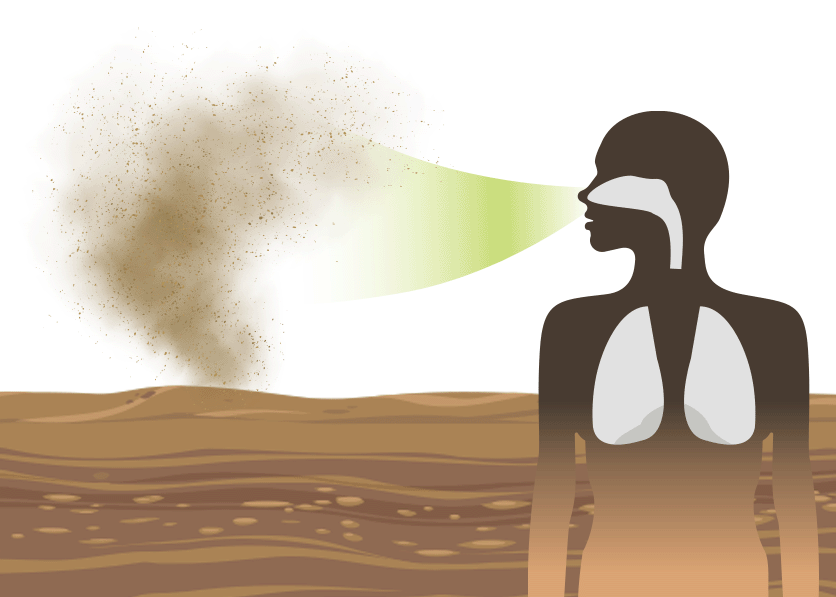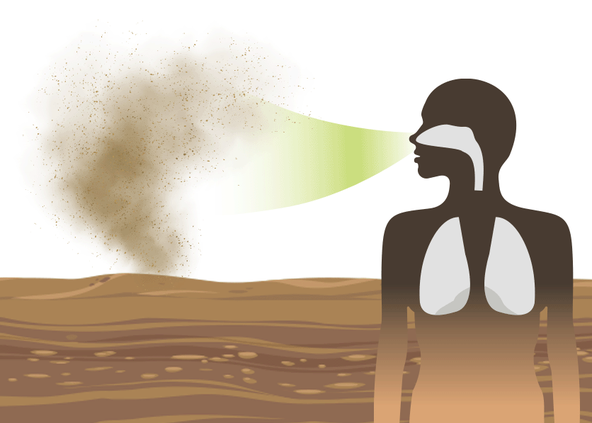Valley fever cases are rising across California in 2025, prompting renewed warnings from state health officials during Valley Fever Awareness Month.
The California Department of Public Health is urging residents and visitors in high-risk areas—including communities throughout the Central Valley—to be alert for symptoms and take precautions.
Valley fever, or coccidioidomycosis, is a fungal infection caused by spores that live in dry soil and dust. The illness is most common in the San Joaquin Valley but has been spreading into other parts of the Central Valley and Central Coast. It can cause respiratory symptoms similar to COVID-19 or the flu, and in severe cases, lead to pneumonia, chronic illness or death.
California reported nearly 12,500 cases of Valley fever in 2024, the highest annual total on record. More than 5,500 provisional cases have already been reported in the first half of 2025. While rates remain highest in the southern San Joaquin Valley, state health officials say increases are being seen in other areas, including the northern Central Valley.
“California had a record year for Valley fever in 2024 and, so far, case counts are high in 2025,” said CDPH Director and State Public Health Officer Dr. Erica Pan. “If you have been sick with symptoms like cough, fever, trouble breathing, and tiredness for more than 7 to 10 days, please talk to a healthcare provider about Valley fever, especially if you've been outdoors in dusty air in the Central Valley or Central Coast regions.”
Valley fever is not contagious and cannot spread from person to person. The infection occurs when people or animals breathe in airborne spores, often stirred up by wind, construction, farming or other soil-disturbing activities. Risk is highest in late summer and fall, when dry conditions make it easier for the fungus to become airborne.
While anyone can get Valley fever, certain groups are more likely to develop severe illness. These include older adults, people with diabetes or weakened immune systems, pregnant individuals and those of Black or Filipino descent. CDPH officials say health disparities and underlying conditions may contribute to increased risk in these populations.
To reduce exposure, residents are advised to stay indoors on windy, dusty days, keep car windows closed while driving through dusty areas, wet down soil before digging and consider wearing an N95 respirator when working outdoors. Valley fever can be difficult to diagnose and often requires blood tests or other lab work. Patients with severe cases may need hospitalization and could experience long-term symptoms.
State health officials say the rise in Valley fever may be linked to climate patterns, including wet winters followed by dry, windy summers, which help the fungus grow and spread. Increased construction and agricultural activity in high-risk areas may also be contributing to the surge.
For more information, visit the California Department of Public Health’s Valley fever website or consult a healthcare provider.





